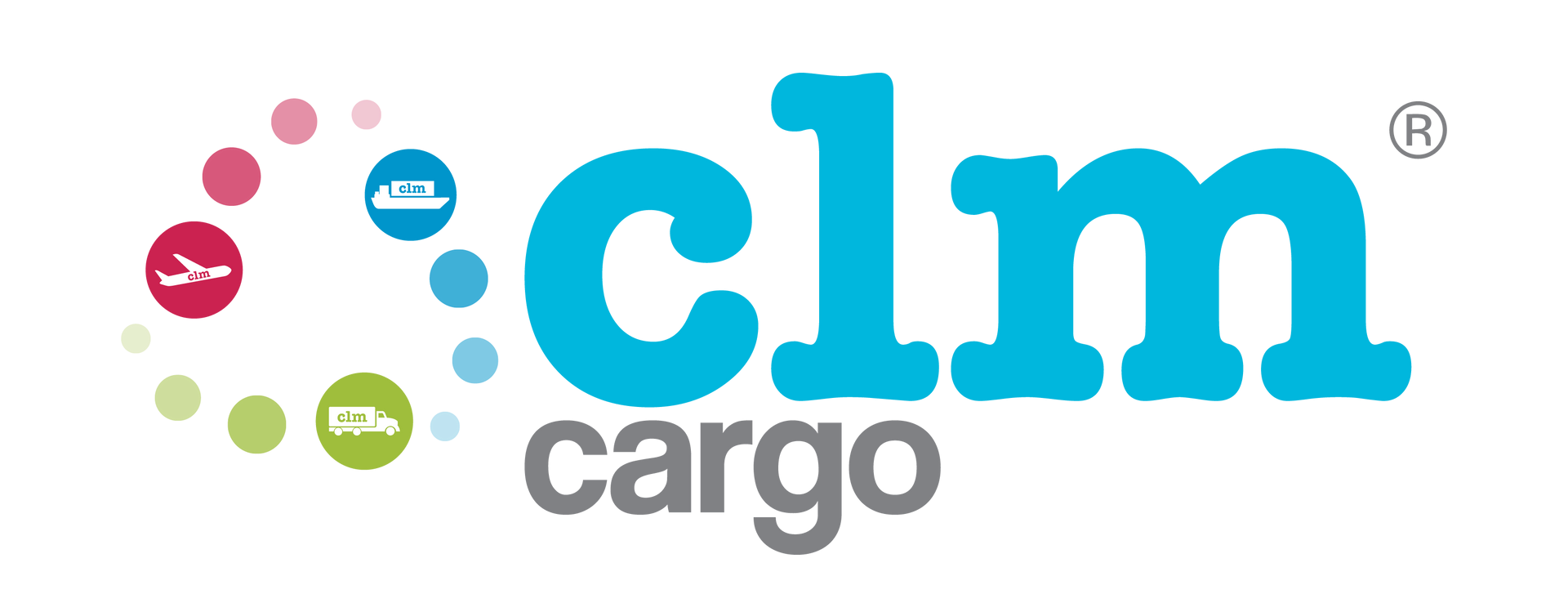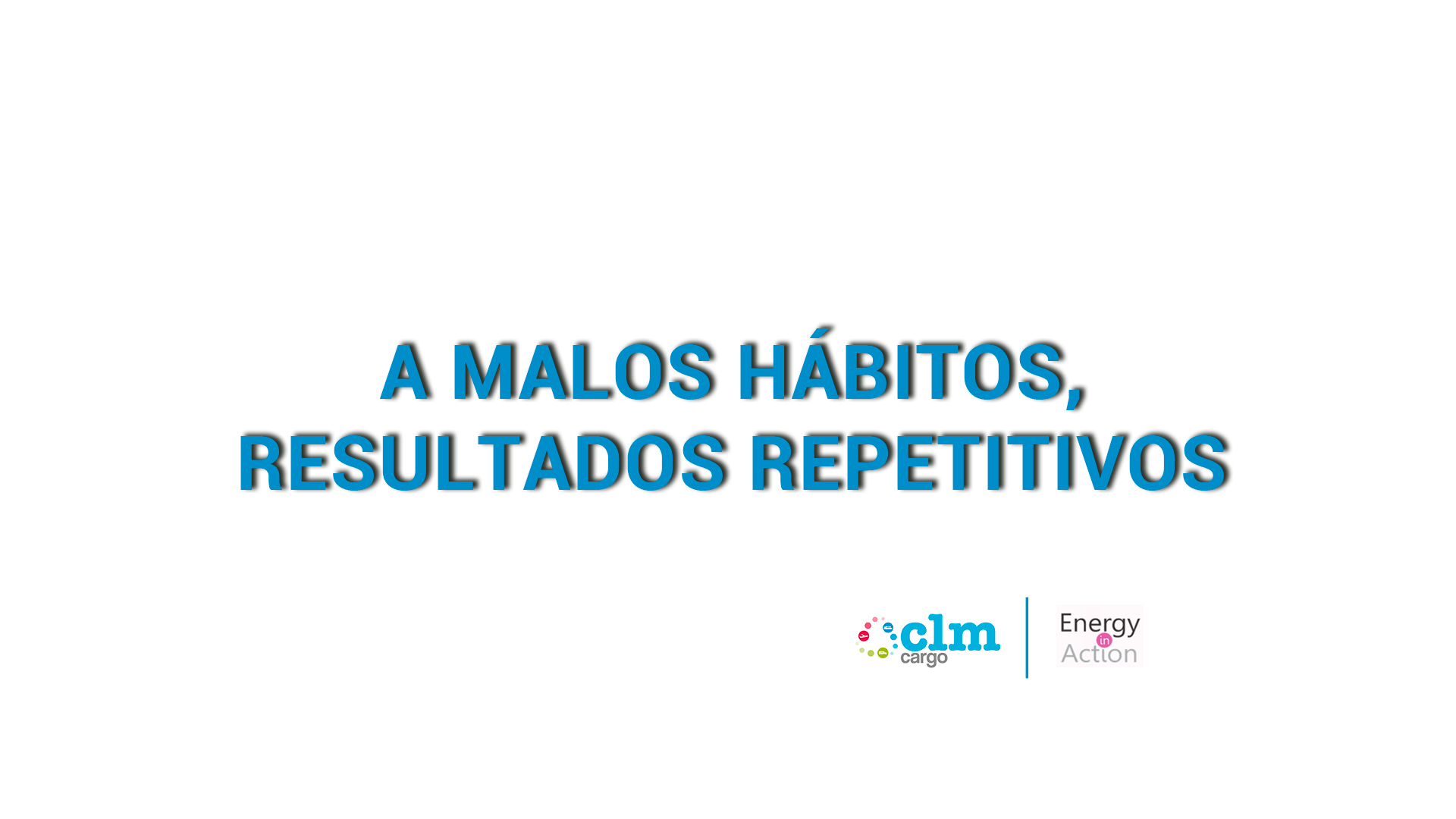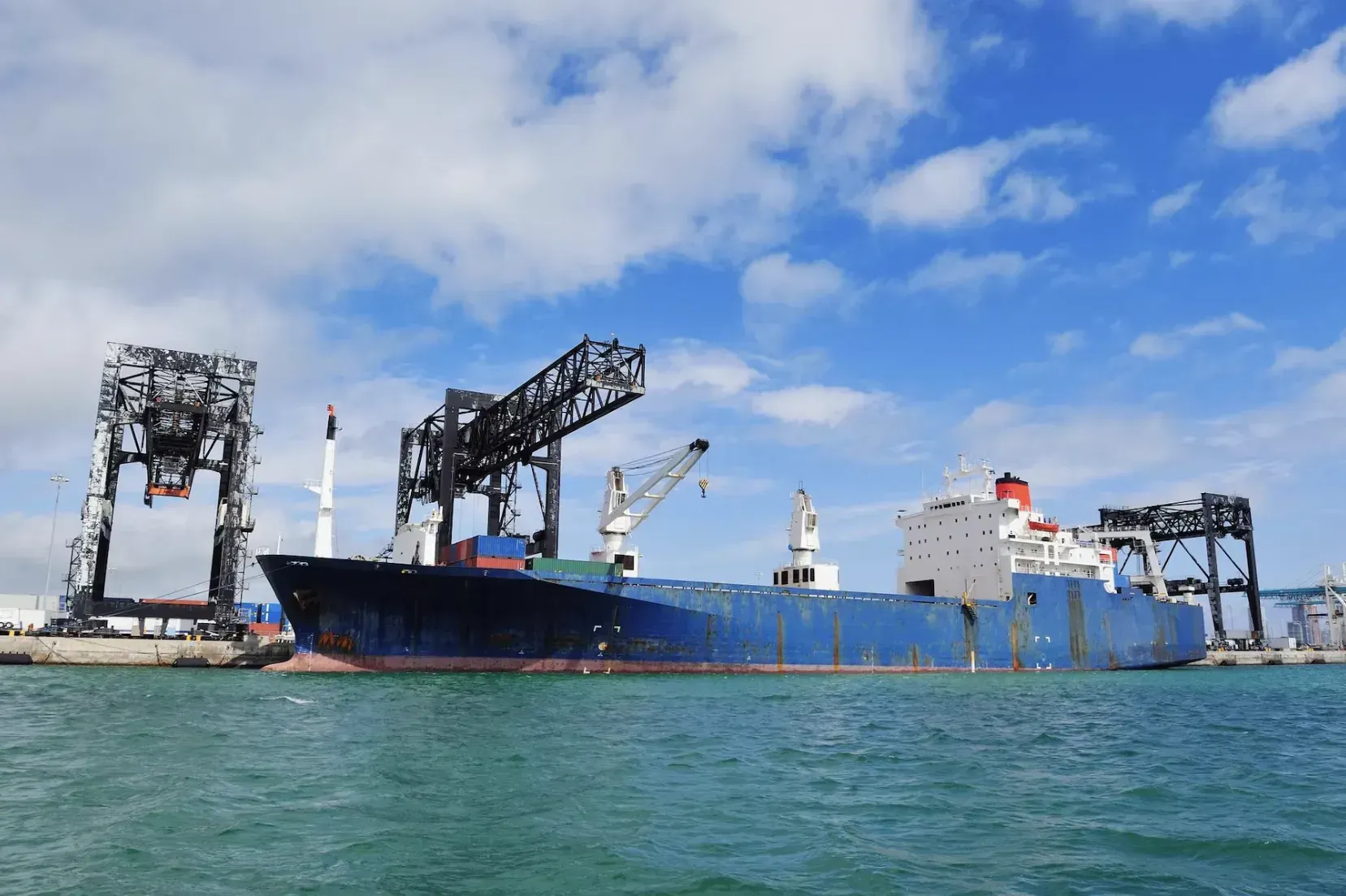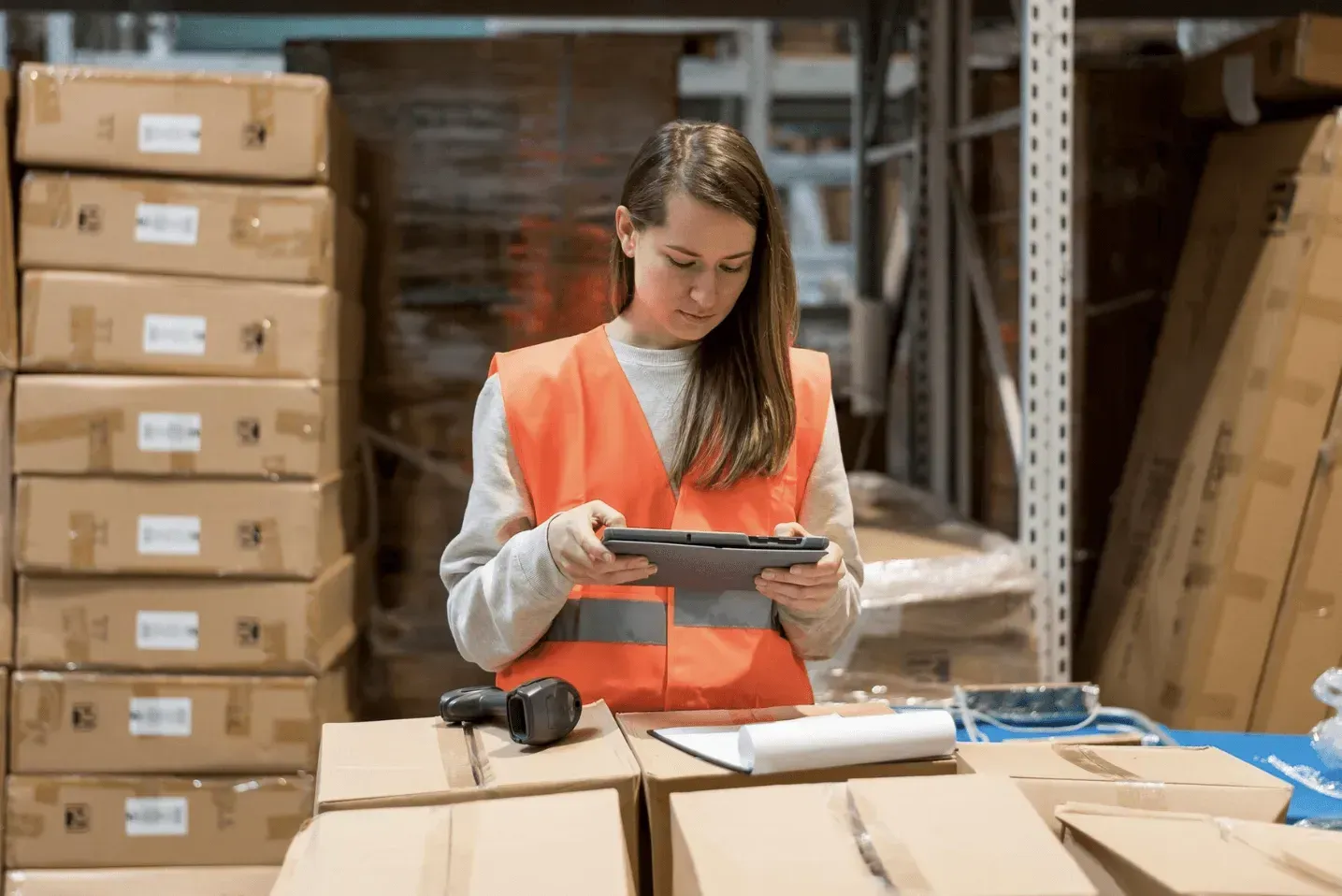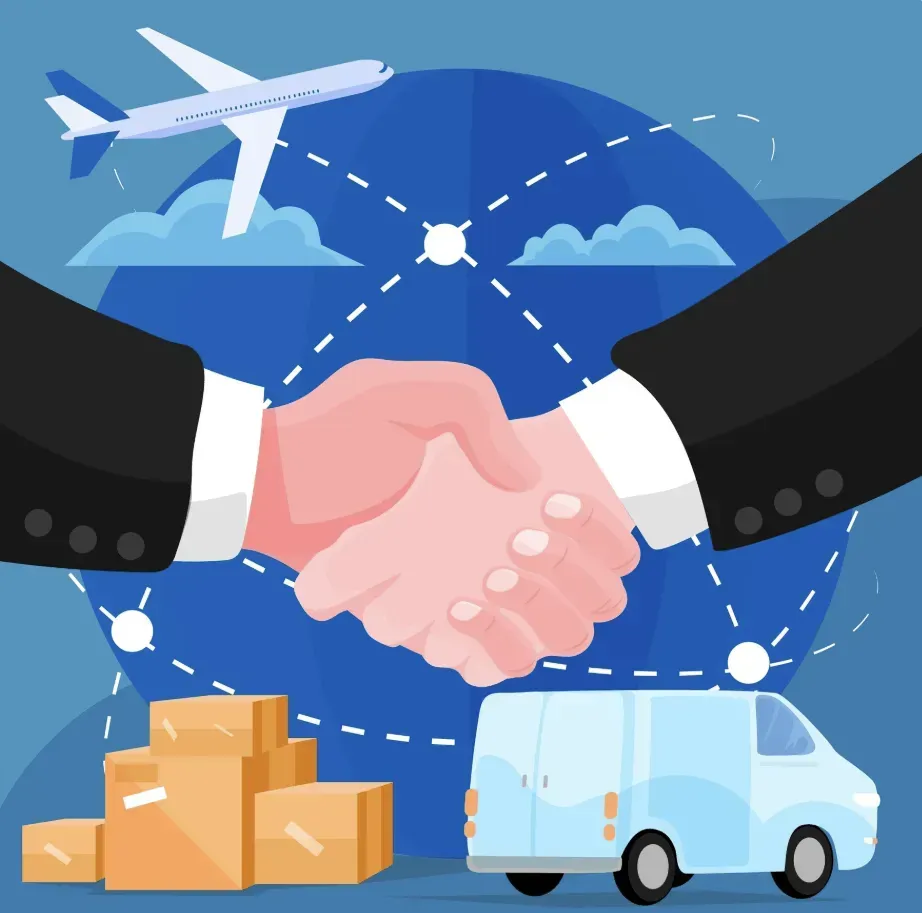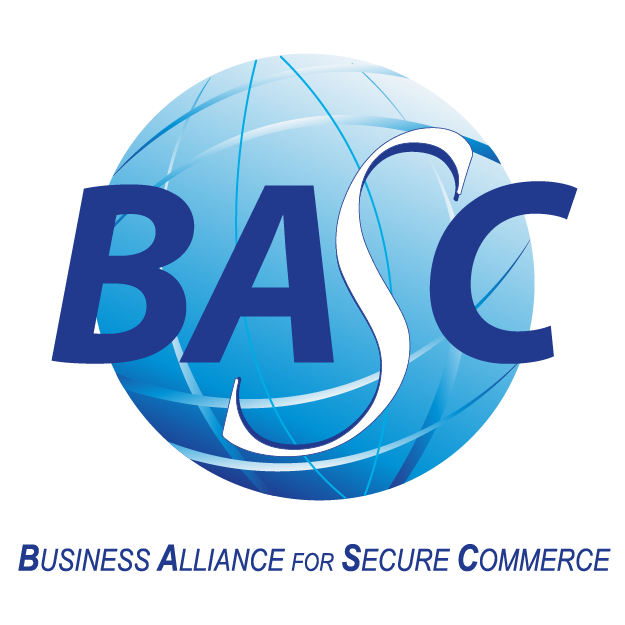How to Import Colombian Products into Mexico

Importing Colombian products into Mexico offers a valuable opportunity for entrepreneurs, traders, and businesses looking to expand into new markets. However, it requires careful planning and compliance with specific customs and trade regulations from both countries.
Below is a general step-by-step guide to help you navigate the import process. Always consult a trusted logistics provider like CLM Cargo for updated, personalized advice based on your specific situation.
1. Product Research and Selection
- Identify the Products: Choose the Colombian products you wish to import into Mexico.
- Conduct Market Analysis: Study consumer trends and demand in Mexico to ensure your selected products are viable for commercialization.
- Evaluate Competitors: Assess the competitive landscape to determine market entry potential.
2. Importer Registration in Mexico
- Register with the SHCP: Sign up as an importer with Mexico’s Secretaría de Hacienda y Crédito Público (SHCP).
- Obtain Tax Identification: You’ll need a RFC (Registro Federal de Contribuyentes) to operate legally as an importer.
3. Understand Applicable Regulations and Restrictions
- Research Legal Requirements: Check the import regulations for your product category through the Secretaría de Economía and other relevant agencies.
- Review Restrictions: Certain products may be subject to quotas, bans, or special handling protocols.
4. Obtain Required Permits and Certifications
- Check Product-Specific Requirements: Some goods may need sanitary, phytosanitary, health, or safety certifications.
- Verify Documentation: Ensure you meet both Colombian export and Mexican import requirements.
5. Hire a Customs Broker (Agente Aduanal)
- Choose a Licensed Broker in Mexico: A customs broker will assist with:
- Product classification (tariff codes)
- Customs clearance
- Payment of duties and taxes
- Compliance with legal documentation
6. Choose the Right Transportation Method
- Decide on Shipping Mode: Choose between sea, air, or land transport based on product type, cost, and delivery time.
- Hire a Reliable Logistics Company: Work with a reputable international freight forwarder to manage the shipment.
7. Prepare All Customs Documentation
Make sure you have the complete set of documents, which typically include:
- Commercial invoice
- Packing list
- Certificate of origin
- Bill of lading or airway bill
- Import permits or licenses (if applicable)
8. Calculate and Pay Import Duties and Taxes
- Determine Applicable Tariffs: Duties vary based on the product's tariff classification.
- Prepare for Additional Fees: VAT (IVA in Mexico) and other applicable taxes must be paid before goods can be released.
9. Customs Clearance Process
- Your Broker Handles the Process: The customs agent will submit documents and handle inspections or holds.
- Ensure Full Compliance: Make sure all paperwork is accurate to avoid delays or penalties.
10. Product Distribution and Commercialization in Mexico
- Plan Distribution Channels: Once cleared, distribute your goods through wholesale, retail, or e-commerce platforms.
- Align with Your Business Strategy: Marketing, pricing, and logistics should be tailored to the Mexican consumer market.
Final Recommendation: Work with CLM Cargo
This guide provides a general overview. Each product and business case may require unique handling depending on current laws, trade agreements, and logistics considerations. CLM Cargo can provide you with tailored advice and support throughout the process.



